
https://sites.google.com/site/danielmmcneish
▶️60 openly available experience sampling datasets (16K+ participants, 740K+ obs.) in one place
▶️Harmonized (meta-)data, fully open-source software
▶️Filter & search all data, simply download via R/Python
Find out more:
🌐 openesmdata.org
📝 doi.org/10.31234/osf...
▶️60 openly available experience sampling datasets (16K+ participants, 740K+ obs.) in one place
▶️Harmonized (meta-)data, fully open-source software
▶️Filter & search all data, simply download via R/Python
Find out more:
🌐 openesmdata.org
📝 doi.org/10.31234/osf...

careers.nau.edu/jobs/assista...

careers.nau.edu/jobs/assista...
Hancock, G. R., & Feng, Y. (2026). nmax and the quest to
restore caution, integrity, and practicality to the sample size planning process. Psychological Methods.
yifengquant.github.io/Publications...
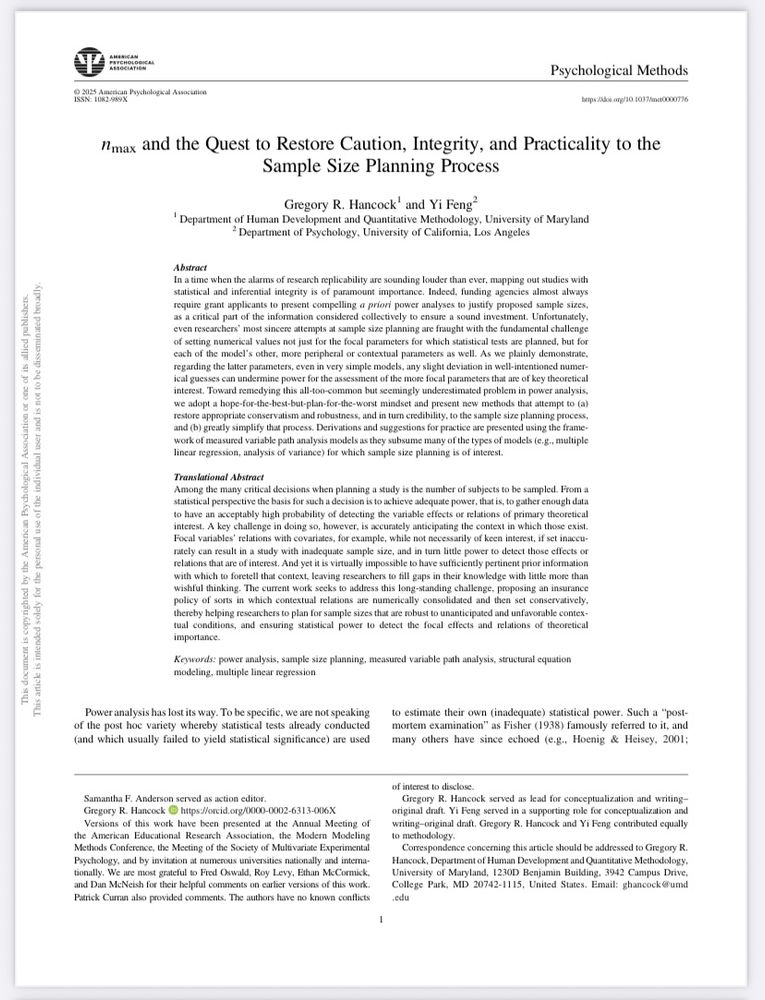
Hancock, G. R., & Feng, Y. (2026). nmax and the quest to
restore caution, integrity, and practicality to the sample size planning process. Psychological Methods.
yifengquant.github.io/Publications...
Very excited (w/ @omarjcamanto.bsky.social) to share our preprint tutorial for using our R 📦 dySEM for #dyadic data analysis with latent variables, in cross-sectional data sets.
This paper has been literal years in the making, and provides three distinct tutorials.
osf.io/preprints/ps...
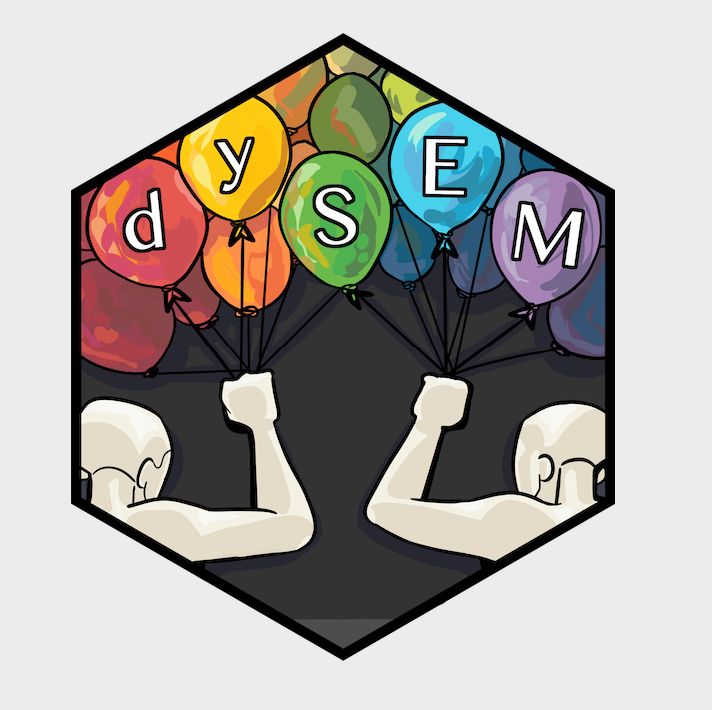
Very excited (w/ @omarjcamanto.bsky.social) to share our preprint tutorial for using our R 📦 dySEM for #dyadic data analysis with latent variables, in cross-sectional data sets.
This paper has been literal years in the making, and provides three distinct tutorials.
osf.io/preprints/ps...
Read full (brief) paper at srcd.onlinelibrary.wiley.com/doi/full/10....
@srcdorg.bsky.social #PsychSciSky
1/9
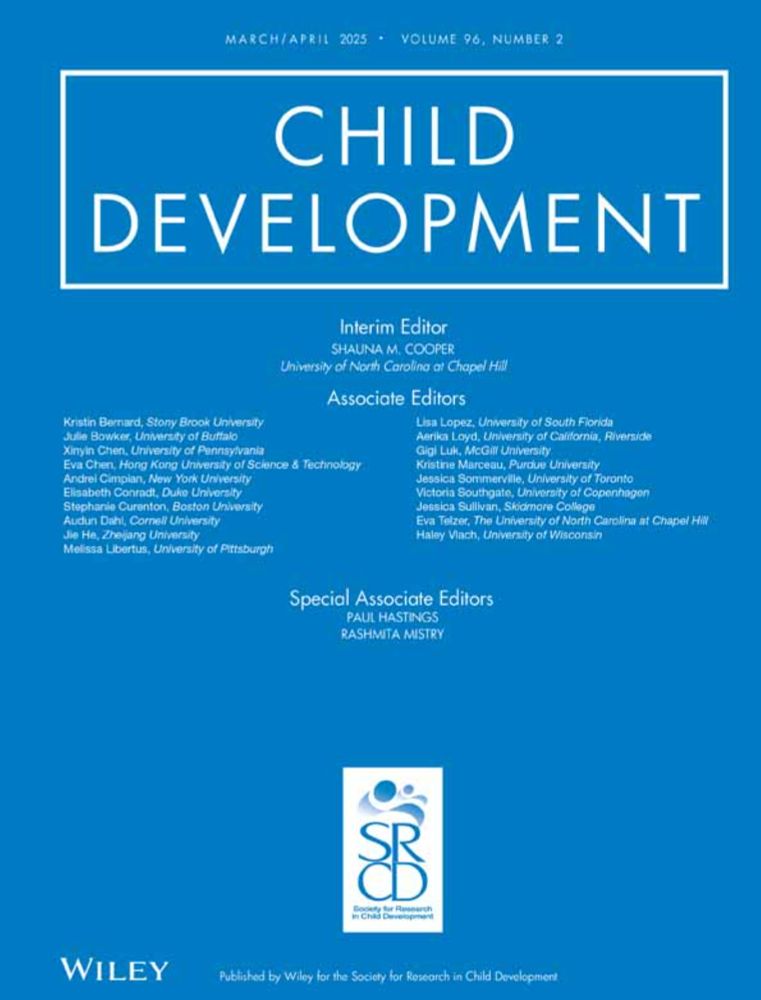
Read full (brief) paper at srcd.onlinelibrary.wiley.com/doi/full/10....
@srcdorg.bsky.social #PsychSciSky
1/9
psycnet.apa.org/record/2025-...

psycnet.apa.org/record/2025-...
link.springer.com/article/10.3...
link.springer.com/article/10.3...
osf.io/preprints/ps...
osf.io/preprints/ps...
statisticalhorizons.com/seminars/dyn...

statisticalhorizons.com/seminars/dyn...
What are we supposed to do, just read discussion sections and take people's word for it?
What are we supposed to do, just read discussion sections and take people's word for it?
Anything you can do to make it easy for them will help.
Here's a list of my suggestions.
Not big things, like find a significant question/innovative method/be consistent with aims
Little things, like bold each acronym the first time it’s used.
Add your pet peeves ⬇️
#HiddenCurriculum #Research
Anything you can do to make it easy for them will help.
Here's a list of my suggestions.
www.tandfonline.com/doi/full/10....
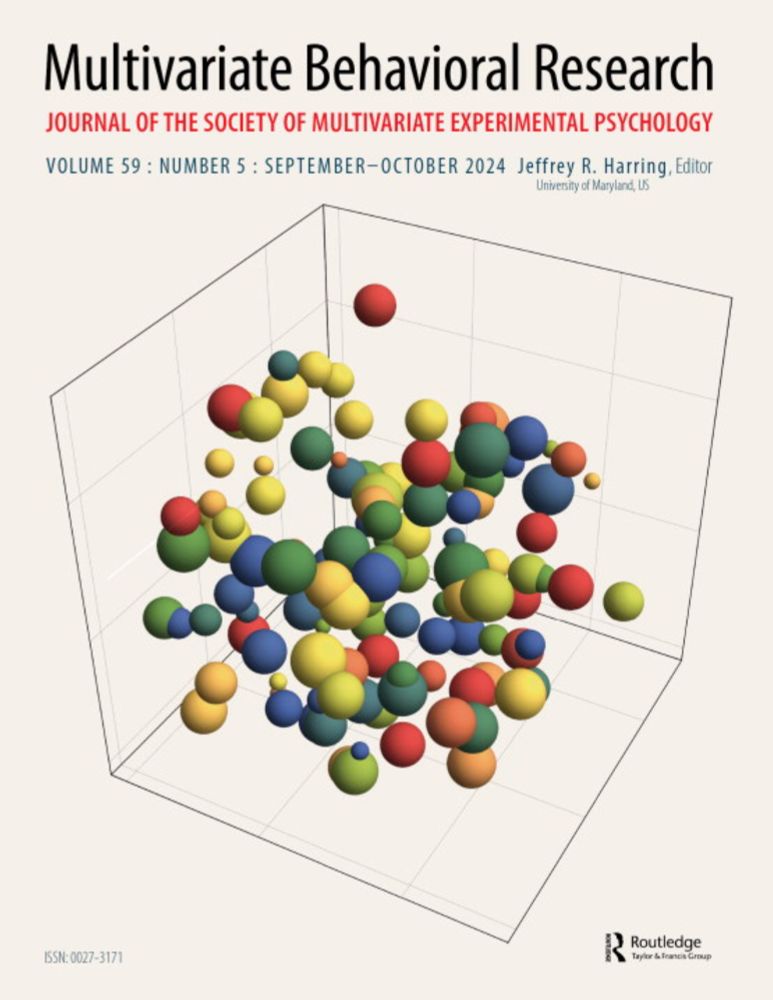
www.tandfonline.com/doi/full/10....
www.ugajobsearch.com/postings/403...
www.ugajobsearch.com/postings/403...
www.tandfonline.com/doi/full/10.... /1

www.tandfonline.com/doi/full/10.... /1
These 2 path diagrams are conceptually different (regression with a latent predictor that has 3 indicators vs. a factor model with 4 indicators) but they are mathematically equivalent.
journals.sagepub.com/doi/10.3102/...
/1

These 2 path diagrams are conceptually different (regression with a latent predictor that has 3 indicators vs. a factor model with 4 indicators) but they are mathematically equivalent.
journals.sagepub.com/doi/10.3102/...
/1
Preregistration, data, analysis scripts, and materials at osf.io/cwgme/.
#psychscisky #rstats #statssky
Preregistration, data, analysis scripts, and materials at osf.io/cwgme/.
#psychscisky #rstats #statssky
link.springer.com/article/10.3...
@dmcneish.bsky.social Somers & Savord

link.springer.com/article/10.3...
@dmcneish.bsky.social Somers & Savord
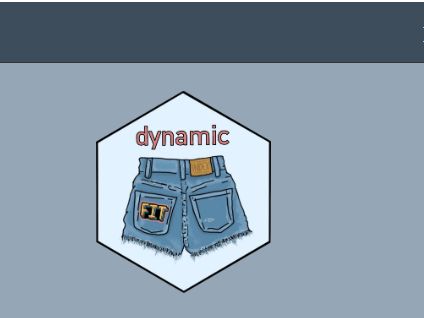
psycnet.apa.org/record/2024-...

psycnet.apa.org/record/2024-...

psycnet.apa.org/record/2024-...

